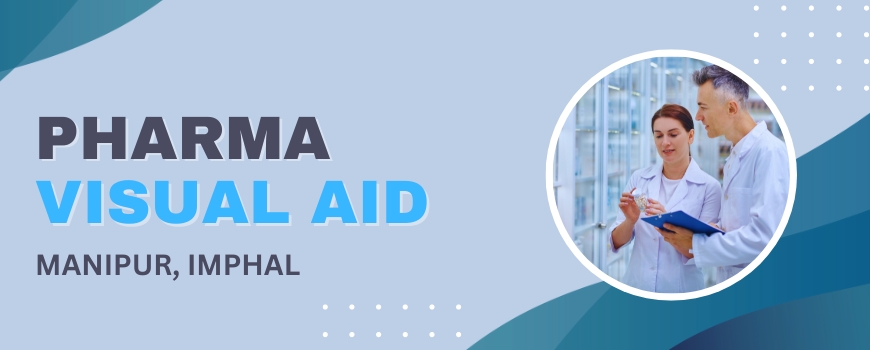Introduction of Pharma Visual Aid:
In the vibrant state of Manipur, where cultural diversity meets the realm of modern innovation, a burgeoning industry is making significant strides – Pharma Visual Aid Design and Print Services. These services have emerged as crucial components of the pharmaceutical landscape, bridging the gap between intricate medical information and effective communication. In the heart of Manipur, the capital city of Imphal is witnessing the rise of skilled professionals who craft visually engaging aids, revolutionizing how pharmaceutical knowledge is shared.
Discover our wide selection of marketing materials for the pharmaceutical industry, including Pharma visual aids , reminder cards, notepads, prescription pads, Pharma pens, stickers, posters, ID cards, and more. Contact us to meet all of your marketing collateral requirements with ease.
The Role of Pharma Visual Aid Design and Print Services
Visual Aid Pharma Design and Print Services play a pivotal role in simplifying complex medical concepts and enhancing communication between healthcare professionals, and pharmaceutical companies. These services blend creativity with scientific accuracy to produce visual aids that visually narrate medical information, making it comprehensible and memorable.
- 1) Creative Conceptualization
- 2) Design Expertise
- 3) Medical Accuracy
- 4) Tailored Solutions
- 5) Printing Services
Impact on Healthcare and Pharmaceutical Industry
The influence of Pharma Visual Aid Design and Print Services in Imphal extends beyond artistic expression. These services enhance medical education by simplifying complex concepts and aiding healthcare professionals in explaining treatment plans and mechanisms of action to patients. Moreover, pharmaceutical companies leverage these visual aids Design to engage healthcare providers, facilitating informed decision-making regarding medication prescriptions.
Also Read: Pharma Visual Aid - India
Future Prospects
As Imphal's Visual Aid for the Pharma industry continues to grow, the potential for innovation and collaboration within the healthcare sector is boundless. The integration of digital technologies, interactive elements, and augmented reality could further elevate the impact of visual aids, making medical education even more engaging and accessible.
Conclusion:
The emergence of Pharmaceutical Visual Aid Design and Print Services in Imphal, Manipur, stands as a testament to the synergy between creativity and medical science. In a region celebrated for its cultural diversity, these services are contributing to a deeper understanding of pharmaceutical products and medical concepts. As this industry evolves, Imphal's pharmaceutical communication landscape is poised for a dynamic transformation that will positively influence healthcare providers, patients, and pharmaceutical companies alike.

